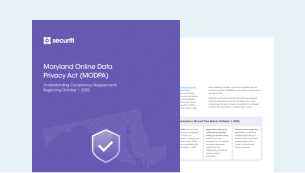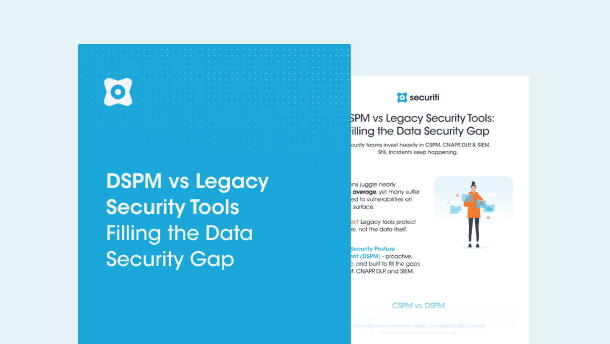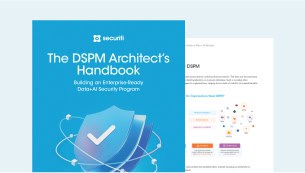Alert management is a process that enables organizations to receive, assess, prioritize, respond to, and monitor security alerts generated by security tools. It enables teams to respond to threats or mitigate them promptly
Why is Alert Management Essential?
Organizations worldwide significantly rely on technology to streamline operations, improve customer experiences, and ensure competitiveness in today's fast-paced digital landscape. Relatedly, managing alerts has become essential to maintain operational effectiveness and guarantee ongoing service delivery due to the growing complexity of IT systems and the constant influx of data. Here’s why alert management has become crucial:
Timely Resolution of Issues
Alerts act as literal "red flags" for developing problems within your infrastructure where swift issue discovery is essential, whether it's a server outage, a security incident, or an abnormality in sensitive data access. Effective alert management ensures these issues are quickly resolved, preventing downtime, unauthorized access, or any security breaches.
Enhanced Productivity
Teams may experience alert fatigue and decreased productivity due to alert overload. However, teams can focus their efforts on critical issues by using an effective alert management system to filter and prioritize alerts. In turn, this lessens the noise and confusion brought on by frequent notifications, enhancing the efficiency of alert management and response.
Enhanced Customer Experience
Giving customers uninterrupted service and a seamless online experience is crucial for customer-focused organizations. Alert management keeps services available and ensures that customer-facing websites and applications are constantly accessible and operating at peak performance. As a result, customers are more satisfied and committed.
Cost Savings
Ineffective alert management might lead to excessive costs. Downtime, system failures, and data breaches can be expensive in terms of cost, reputational harm to your business, and possible fines. Organizations can steer clear of these monetary risks by controlling alerts proactively.
Compliance and Security
Alert management is essential in a time of stringent data protection requirements for maintaining compliance. It assists in resolving potential vulnerabilities, data leaks, or errors that could result in compliance violations if not handled in a timely manner. Taking care of these problems immediately is important to protect sensitive consumer information and avoid legal consequences.
Scalability and Growth
Organizations' IT ecosystems become increasingly complex as they scale. Systems for managing alerts that are effective can grow with your business, adjusting to new procedures and technology. This adaptability ensures that you can track and effectively manage alerts as the organization’s infrastructure or data landscape grows.
The Role of Alert Management in Cybersecurity
Alert management is a critical component of cybersecurity strategy, which stresses the need for organizations to effectively manage and respond to security risks in the continuously evolving landscape of digital threats to safeguard their sensitive data and systems. To enable cybersecurity teams to act quickly against possible attacks entails the timely detection, analysis, and prioritization of security risks. Along with relevant security controls, alert management ensures that security risks are quickly discovered, minimizing the potential harm from cyberattacks.
Components of an Effective Alert Management System
An effective alert management system consists of several crucial elements that work in tandem to maintain the efficient operation and security of an organization's data environment. These elements include a robust alert mechanism, intelligent alert filtering and prioritization, automated response workflows, real-time monitoring and reporting tools, and an intuitive interface for teams. In addition, integration with incident response processes and ongoing improvement based on feedback and historical data are crucial components. These elements enable organizations to enhance their overall security posture in an increasingly complex digital ecosystem, reduce alert fatigue, preserve operational efficiency, and proactively identify and handle risks.
Alert Prioritization and Response Strategies
Prioritizing alerts and developing effective response plans are essential for enhanced data protection. Prioritization entails classifying alerts according to their seriousness and potential consequences for the company. Critical alerts that signal immediate risks are given prompt attention by following a clearly defined approach, while less urgent alerts are dealt with later on. Effective response tactics include pre-established playbooks and incident response plans that direct cybersecurity teams to quickly and effectively contain, mitigate, and recover from security issues. These techniques are crucial for decreasing the effect of cyber threats, speeding up response times, and protecting sensitive information and important assets, eventually improving an organization's overall security posture.
Best Practices for Efficient Alert Management
Efficient alert management is accomplished by successfully implementing a few best practices. First, to ensure that only pertinent alerts are triggered, it is essential to establish defined alert thresholds and logical categorizations.
Second, automated alert prioritizing and routing help speed up response processes by swiftly directing the most urgent issues to the appropriate teams.
Third, a well-organized incident response plan ensures that teams are well-prepared to act when alert risks heighten. Ultimately, alerting mechanisms should be periodically reviewed and improved based on previous data to optimize the system's performance. These best practices improve an organization's capacity to proactively identify and deal with crucial issues while reducing alert fatigue.





































